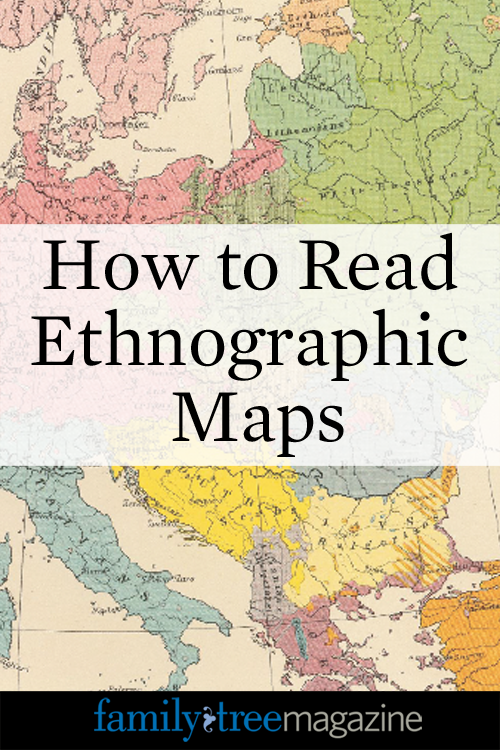


Whether working inductively or deductively, it is of high importance to record every step executed in a memo, which functions as a research diary. The coding applied, forms the basis from where the analysis tools can be used to ask the data questions. The basics of these deductive and inductive approaches can be employed when working exclusively with qualitative fieldwork data, but also when ATLAS.ti is used in mixed method approaches (for example when surveys are imported into ATLAS.ti, or when data is exported to SPSS), when working with literature (for example importing reference manager data) or social media data (importing from Twitter or EverNote), and even when using reflexive approaches such as auto-ethnography (for example by converting memos to documents that can be coded). In ATLAS.ti we would use open coding (creating and naming a new code) or in-vivo coding (the selected segment forms the name of the new code) to create labels or concepts to attach to each data segment. Moreover, if we fragment data systematically, this process helps us to refrain from superimposing our own preconceived ideas on the data and prevents us from becoming so immersed in respondent’s worldviews that we accept the information in large chunks without questioning. This is not only to identify important segments, but also gives us the opportunity to compare data with data. In this case, we would start with reading, observing or listening to our data and fragmenting it. This approach is for example used by an ethnographer who tries to describe how a certain people view human-animal relationships. In inductive reasoning, we begin with specific observations and measures, applying labels until we detect patterns and regularities, formulate tentative hypotheses that we can explore, and finally end up developing some general conclusions or even a theory. Informally, this is sometimes called a “bottom up” approach. Inductive reasoning works the other way around: Starting from our data, we work toward broader generalizations and theories.


 0 kommentar(er)
0 kommentar(er)
